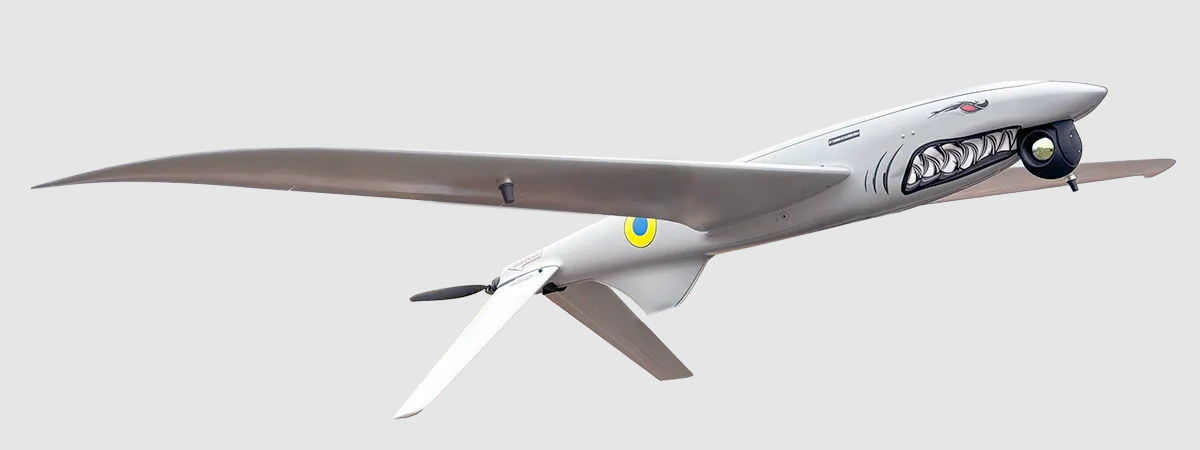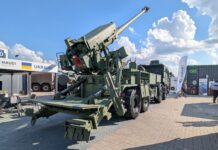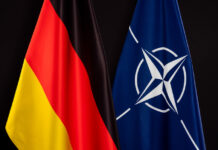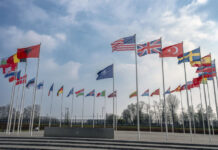Ukraine ponders lifting its arms exports ban
Alex Horobets
Since the outset of Russia’s full-scale invasion, Ukraine has maintained the ban on arms exports, naturally directing all supplies to sustain its own effort to repel Moscow’s onslaught. Now, three full years into the war, there are more and more voices highlighting the need to lift the restrictions.
In October 2024, Ukrainian Defence Minister Rustem Umerov said he didn’t rule out a greenlight for defence exports since some countries had already expressed interest in buying Ukrainian missiles, drones, and other weapons. However, according to the Ukrainian defence chief, it’s up to a collective decision by the state leadership. So is Ukraine moving towards easing export restrictions?
Most often, the discussion revolves around allowing the export of at least Ukraine’s own uncrewed systems. Why drones? One of the reasons is that unmanned aerial vehicles (UAVs) have become one of the most lethal tools against enemy manpower and armour at this stage of the war. However, this also means there is a need for their mass production, since it is quite difficult to keep pace with Russia’s defence production in this area (considering their ties with China). This is where exports can potentially help, providing financial resources to further boost production. The problem is some manufacturers in Ukraine are currently unable to operate at full capacity, since government contracts fail to cover 100% of production volumes. As some manufacturers note, the government lacks the money to purchase all the necessary types of weapons systems and finance further research and development, while the Ukrainian military constantly requires wider supplies of various types of UAVs to perform effectively. In theory, Ukrainian companies can produce weapons worth USD 20 billion annually, while the State can pay only up to USD 6 billion. Under these conditions, manufacturers are exploring opportunities to export products in order to obtain additional resources for production and modernisation. According to Oleksandr Marikovsky, chair of the parliamentary economic subcommittee, the export of UAVs alone could bring Ukraine up to USD 20 billion annually.
The situation related to UAV manufacturers is especially telling, since without the ability to export their products and sell them internally, drone producers, even fairly large ones, are beginning to move capacity out of Ukraine, mainly to Eastern Europe and the Baltic states. If the ban remains in place, this process may speed up because the demand for Ukrainian products, conceived and adapted amid a full-scale war, and sold at a lower price compared to those offered by European and American competitors, is not expected to drop.
So, lifting the ban on exports seems rational, but only if it’s done in the right way. Executive Director of the National Association of Ukrainian Defence Industries Serhiy Honcharov shares this opinion. Relaunching arms exports is necessary, but it should be controlled, and first of all, it should be available to partner countries, since selling products to Russia’s allies while the war wages, is off the table, he stressed, despite the obvious fact that this narrows the trade potential. In any case, Ukraine’s government should start exploring export opportunities as soon as possible, so that Ukraine will be able to secure a place in the international arms market after a long absence. Signing defence contracts is a complex process that takes time, and of course, in this process it is necessary to take into account certain risks that the export of Ukrainian weapons may carry, including the threat of such weapons falling into the hands of adversaries.
According to the Commander of Ukraine’s Unmanned Systems Forces Vadym Sukharevsky, the export of weapons should be reopened to a limited number of countries. One approach is to create sales strategies, identify the types of weaponry eligible for export, and compile a list of countries where they can be sold. In lifting the export ban, the most important aspect of this process will be to properly communicate with the public and partners, in order to explain the urgency of the matter and the possibilities of attracting additional funds to sustain the army, as well as reducing dependence on external financial assistance for the purchase of weapons for Ukraine’s own needs. Weighing all the pros and cons of lifting the ban, an unconditional advantage is that the export of weapons would improve Ukraine’s financial prospects, giving the country greater freedom to pursue its geopolitical interests. It remains to be seen whether the voices calling for lifting the ban will be heeded, and the idea brought to fruition.
Alex Horobets
















